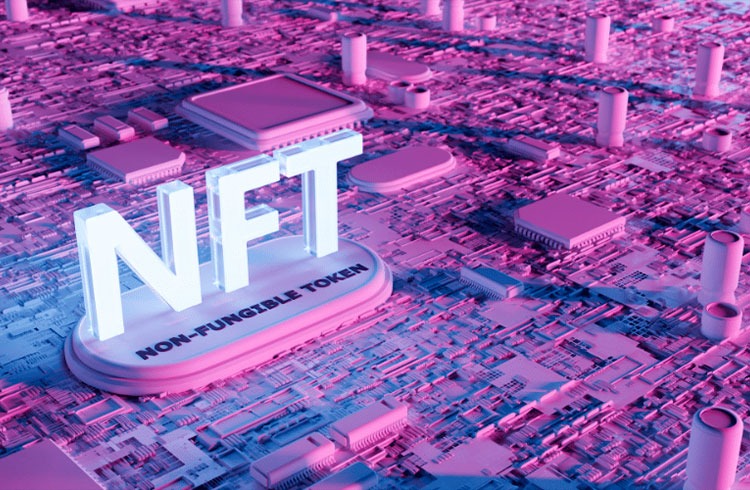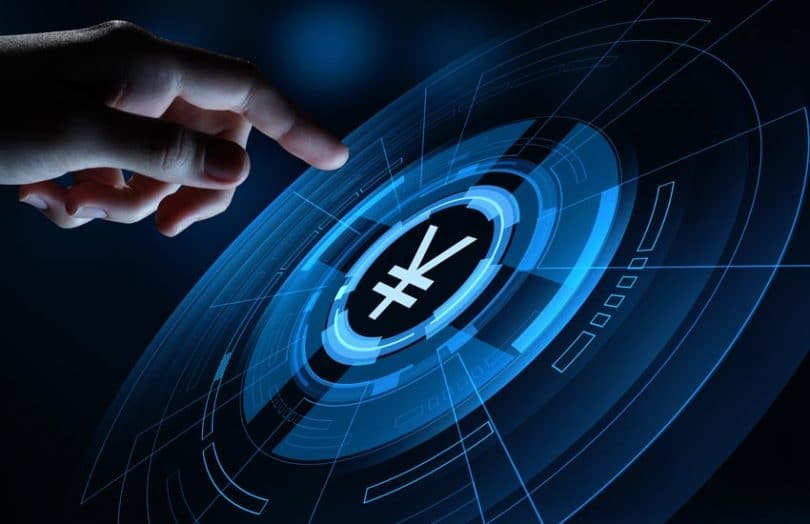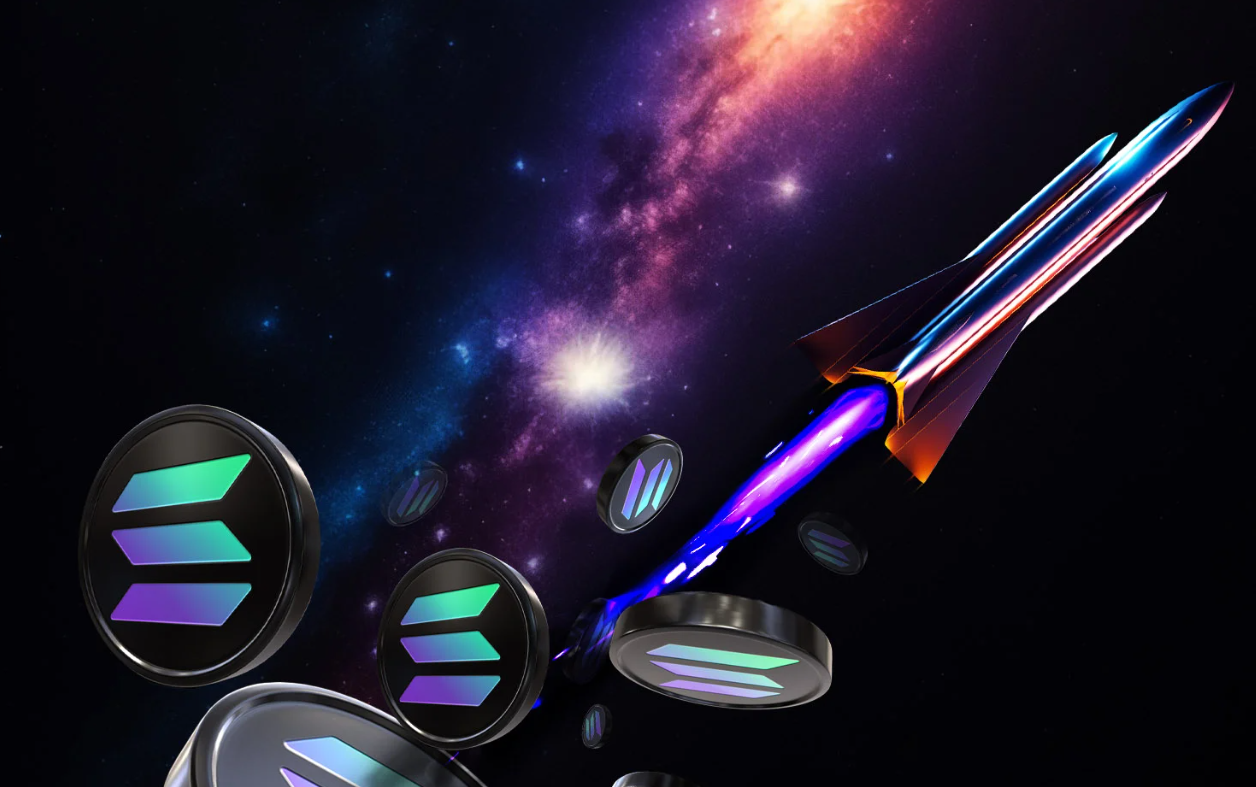Table of Contents
Litecoin (LTC) is a cryptocurrency created in 2011 by Charlie Lee, a former Google employee. Designed as a “lighter” version of Bitcoin, Litecoin aims to provide faster and cheaper transactions. It is based on the Bitcoin protocol but with several key differences that make it unique. One of Litecoin’s main goals was to improve Bitcoin’s performance and become a suitable cryptocurrency for everyday transactions.
Main Features of Litecoin
- Faster Transaction Times: Litecoin has an average block generation time of 2.5 minutes, which is four times faster than Bitcoin’s 10 minutes. This means that transactions are confirmed more quickly.
- Lower Transaction Fees: Thanks to a more efficient algorithm and lower mining requirements, Litecoin’s transaction fees are generally lower than Bitcoin’s.
- Greater Coin Supply: The total supply of Litecoin is capped at 84 million coins, which is four times more than Bitcoin’s maximum supply of 21 million.
- Different Hashing Algorithm: Litecoin uses Scrypt as its hashing algorithm, unlike Bitcoin’s SHA-256. Scrypt is less computationally intensive, allowing a wider range of hardware to mine Litecoin.
- Active Community and Development: Litecoin has a strong community and an active development team that constantly works on improving the network and implementing new technologies.
Utility of Litecoin
Litecoin has several useful features that make it attractive to various types of users:
- Transactions: Litecoin is often used for quick and inexpensive transactions. Its fast confirmation times and low fees make it ideal for everyday payments.
- Investment Tool: Litecoin is also popular among investors as a form of digital asset. Its market capitalization and growth history attract many long-term and short-term investors.
- Inflation Hedge: Like Bitcoin, Litecoin is considered a hedge against inflation due to its limited supply and decentralized nature.
- Platform for Innovation: Litecoin often serves as a testing ground for new technologies that can later be implemented in Bitcoin. For example, Segregated Witness (SegWit) and Lightning Network were first implemented on Litecoin.
Future Plans for Litecoin
Litecoin Foundation and its developers are continuously working on improving the network and expanding its use. Some key plans for Litecoin’s future include:
- Scalability Improvements: The Litecoin Foundation is working on implementing further scalable solutions to increase network capacity and reduce transaction fees.
- Adoption Expansion: One of Litecoin’s main goals is to expand its adoption among merchants and regular users. The Litecoin Foundation actively collaborates with various partners to increase awareness and acceptance of Litecoin as a payment method.
- DeFi Ecosystem: Litecoin is exploring integration into the world of decentralized finance (DeFi). This includes collaborations with various DeFi platforms and the creation of new financial instruments based on Litecoin.
Price Predictions for Litecoin (2025 – 2030)
Price predictions for cryptocurrencies are always speculative and depend on many factors, including market conditions, technological advancements, and adoption. Here are some scenarios for the future price of Litecoin in the years 2025 to 2030:
Year 2025: Consolidation and Growth
In 2025, Litecoin could continue to grow if it maintains its popularity and successfully implements planned technologies. The growing interest in cryptocurrencies and wider adoption of Litecoin could play a key role in its price growth.
Estimated price by the end of 2025: $300 – $500
Year 2026: Market Position Consolidation
If Litecoin can expand its adoption among merchants and users, it could consolidate its market position. Further development and integration into the DeFi ecosystem could attract new investors and users.
Estimated price by the end of 2026: $400 – $600
Year 2027: Adoption and Regulation
The year 2027 could be crucial in terms of cryptocurrency adoption and regulation. If the global regulatory environment becomes more favorable and Litecoin can adapt to new rules, it could see significant growth.
Estimated price by the end of 2027: $500 – $700
Year 2028: Technological Progress
In 2028, technological advancements such as scalability improvements and transaction privacy could attract more investors and users. Development in the DeFi space could also play a significant role in the growth of Litecoin’s value.
Estimated price by the end of 2028: $600 – $800
Year 2029: Global Adoption
In 2029, the global adoption of cryptocurrencies and the integration of blockchain technologies into various sectors could reach new heights. Litecoin could benefit from this trend if it remains relevant and innovative.
Estimated price by the end of 2029: $700 – $900
Year 2030: Sustainable Growth
By 2030, Litecoin could achieve sustainable growth if it maintains its popularity and continues to develop new features and applications. Emphasis on privacy and scalability could also attract new investors.
Estimated price by the end of 2030: $800 – $1,000
Litecoin Ecosystem
Litecoin has built a robust ecosystem over the years. This ecosystem includes not only the cryptocurrency and its blockchain but also a range of projects, services, and communities that support and expand Litecoin’s use. Below are the key components of the Litecoin ecosystem.
Litecoin Foundation
The Litecoin Foundation is a non-profit organization established to support the development and adoption of Litecoin. The foundation focuses on funding developers, marketing, education, and partnerships that help expand the ecosystem. The Litecoin Foundation plays a crucial role in coordinating the development and promotion of Litecoin worldwide.
Litecoin Core
Litecoin Core is the main client of Litecoin, responsible for maintaining the blockchain. The development team regularly releases updates that improve the security, scalability, and functionality of the network. Litecoin Core is the backbone of the ecosystem, ensuring that the network remains stable and secure.
Lightning Network
The Lightning Network is a second-layer solution that enables fast and cheap transactions off the main Litecoin blockchain. The Lightning Network increases Litecoin’s scalability by allowing thousands of transactions per second with minimal fees. This technology is key to wider adoption of Litecoin as a payment method.
Atomic Swaps
Atomic Swaps enable direct exchange of Litecoin for other cryptocurrencies without the need for a centralized exchange. This technology enhances Litecoin’s interoperability with other blockchains and allows users to perform transactions between different cryptocurrencies quickly and securely.
MimbleWimble Extension Blocks (MWEB)
MimbleWimble Extension Blocks (MWEB) is an update aimed at increasing the privacy and scalability of Litecoin transactions. MWEB will allow users to conduct anonymous transactions, enhancing privacy and security. This technology is a crucial step towards making Litecoin more attractive to users who require a higher level of privacy.
Litecoin DeFi
Decentralized Finance (DeFi) is a rapidly growing segment of the cryptocurrency market, and Litecoin is exploring integration into this ecosystem. Some platforms have already started offering DeFi products based on Litecoin, such as lending, staking, and yield farming. Integration into DeFi will allow Litecoin users to access various financial services directly on the blockchain.
Merchant Acceptance
Litecoin is widely accepted by merchants around the world as a payment method. Thanks to its fast and low-cost transactions, it is ideal for everyday payments. Many e-commerce platforms, retail stores, and service providers now accept Litecoin, increasing its utility as a medium of exchange.
Community Projects and Initiatives
The Litecoin community is one of the most active and dedicated in the cryptocurrency space. There are many community projects and initiatives that support the adoption and development of Litecoin. These projects include educational programs, charitable events, and various forms of promotion that help spread awareness of Litecoin and its benefits.
Development Tools and APIs
For developers who want to create applications and services on the Litecoin blockchain, a range of development tools and APIs are available. These tools facilitate the integration of Litecoin into various applications, promoting innovation and expanding the use cases of Litecoin.
Partnerships and Collaborations
The Litecoin Foundation and other organizations are constantly seeking partnerships and collaborations that could expand the Litecoin ecosystem. This includes collaborations with financial institutions, technology firms, and other projects in the cryptocurrency sector. These partnerships help increase the adoption of LTC and bring new opportunities for its users.
Conclusion
Litecoin (LTC) is a cryptocurrency with a rich history and a strong community. Thanks to its fast and low-cost transactions, active development team, and planned technologies, Litecoin has the potential to remain a significant player in the cryptocurrency market. Its future looks promising, especially if it can expand its adoption and implement new technologies that improve its functionality and security. Investors should carefully monitor the development of Litecoin and its ecosystem to make the most of its potential.
- Russia to Slap a 15% Tax on Crypto Gains – The Bear Wants Its Share - November 20, 2024
- 70% of Airdrop Tokens Are Profitless—Here’s Why Your Freebies Might Be Worthless - November 19, 2024
- The Most Important Cryptocurrency News of November 14, 2024 - November 15, 2024





![BingX Exchange: A Detailed Guide to Using, Trading, and Maximizing Features in [current_date format=Y] 10 BingX Exchange: A Detailed Guide to Using, Trading, and Maximizing Features](https://cryptheory.org/wp-content/uploads/2024/11/4-5-350x250.jpg)











![BingX Exchange: A Detailed Guide to Using, Trading, and Maximizing Features in [current_date format=Y] 22 BingX Exchange: A Detailed Guide to Using, Trading, and Maximizing Features](https://cryptheory.org/wp-content/uploads/2024/11/4-5-120x86.jpg)







